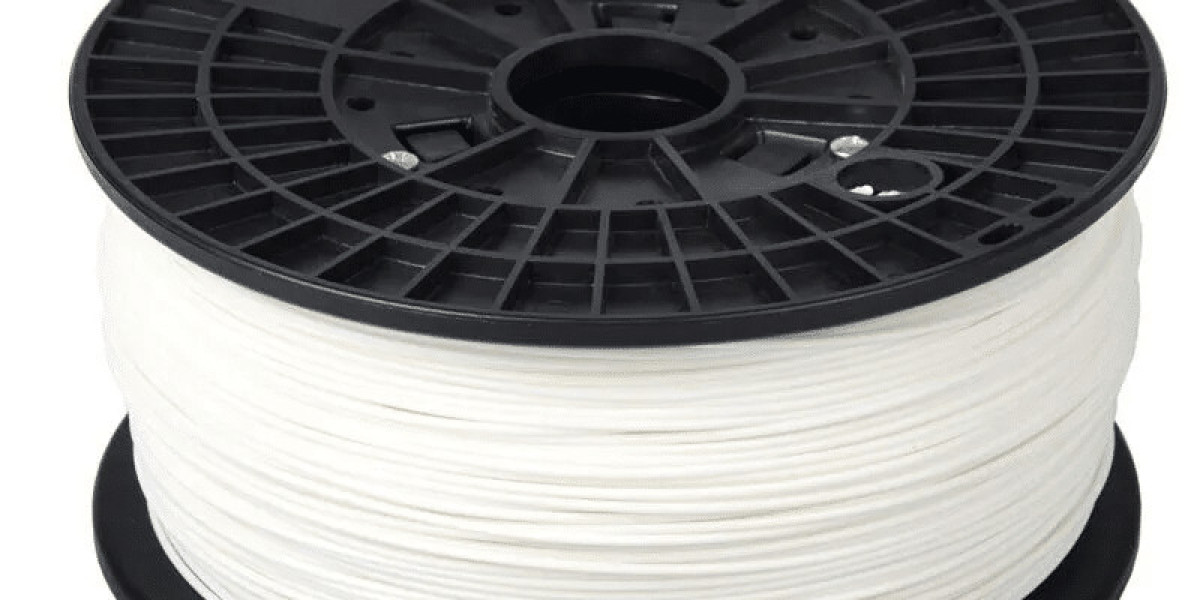On a sunny weekend, Xiao Ming and his father are engaged in a special parent-child activity at home - using a 3D printer to make a personalized pen holder. Xiao Ming excitedly loaded the PLA wire into the printer, chose his favorite blue, and started the printer. Watching the printer melt the wire bit by bit and stack the shape layer by layer, Xiao Ming became more interested in 3D printing technology. This simple family project not only increased the interaction between father and son, but also taught Xiao Ming about design and manufacturing.
With the continuous progress of science and technology, 3D printing technology has gradually penetrated into our daily life and learning. Among the many 3D printing materials, PLA (polylactic acid) wire is ideal for educational and home use due to its unique advantages. This paper will discuss the characteristics of PLA wire and its application in the field of education and home.
PLA wire is a biodegradable material made from renewable resources such as plant starch.
This not only makes it have less impact on the environment during production and use, but also the discarded PLA products can be broken down into water and carbon dioxide in the natural environment without causing pollution. This environmental protection feature makes PLA filament a preferred material for schools and homes, in line with modern people's pursuit of sustainable development.
The printing temperature of PLA wire is relatively low, usually between 180-220 degrees Celsius, which makes it suitable for most desktop-grade 3D printers. In addition, PLA wire produces almost no odor during printing and is suitable for use in closed environments such as homes and classrooms. In contrast, materials such as ABS have higher printing temperatures and produce pungent odors, which need to be used in a well-ventilated environment.
The model printed by PLA wire has smooth surface, strong detail expression, and rich colors. This makes it ideal for creating instructional models, artwork and decorations that meet students' perceptual needs for color and shape and stimulate their creativity and imagination. In addition, the layer adhesion of PLA wire is good, the risk of warping is low, and the printing success rate is high, which is very suitable for beginners and children.
In the field of education, PLA wire is widely used.
It can help students better understand 3D printing technology and design principles, and improve their hands-on skills and innovative thinking through practical operation. For example, students can use PLA wire to print out complex geometric models, biological structure models, etc., so that abstract theoretical knowledge becomes concrete and visualized. In addition, PLA wire can also be used to make experimental equipment, teaching tools, etc., to improve teaching efficiency and interest.
In the home sector, PLA wire provides a platform for family members to realize their creativity.
Parents and children can design and print a variety of daily necessities, toys and decorations together to enhance parent-child interaction and cooperation. For example, they can print personalized pen holders, cups, phone cases, etc., which are both practical and creative. In addition, PLA wire can also be used to make home repair parts to solve small problems in life.
Although PLA wire has many advantages, it also has some limitations. For example, the heat resistance of PLA wire is relatively low, and it is not suitable for making parts in high temperature environments. In addition, the physical properties of PLA wire have certain limitations, which may not be ideal for parts requiring higher strength and wear resistance. However, with the continuous development of materials science, these problems are expected to be solved.
In short, PLA wire is an ideal choice for educational and home use due to its environmental protection, easy printing, smooth surface and rich color. It will not only help students better understand and apply 3D printing technology, but also provide a platform for family members to realize their creativity. In the future, with the continuous progress of technology and the improvement of material properties, the application prospect of PLA wire in the field of education and family will be more broad.








